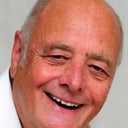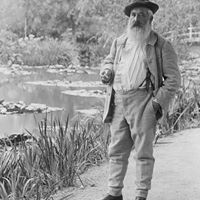Where was Ludwig van Beethoven’s Ninth Symphony first performed?
It was on May 7, 1824 that Beethoven’s Ninth Symphony was first performed in Vienna, Austria. After the symphony had been performed, it was stated in the local newspaper that the concert was remarkable for several reasons. It was longer and more complex than any symphony to date and required a larger orchestra. And, the most unique feature of “The Ninth” was that Beethoven included chorus and vocal soloists in the final movement. He was the first major composer to do this in a symphony.
Initially, the Philharmonic Society of London had commissioned Beethoven in 1817 to write a symphony. He did not start any serious work on a new piece until 1822. The first three movements were for the orchestra alone, but he knew that he needed to end the work with something special. He recalled Schiller’s “Ode to Joy” poem, and a movement based on this famous poem was exactly the ending Beethoven wanted for the new symphony.
By 1824, Beethoven was almost entirely deaf. Nonetheless, this fact did not prevent him from composing music. It then increasingly became more difficult for him to play music. After a failed attempt in 1811 to perform his own Piano Concerto No. 5, which was premiered by his student Carl Czerny, he never performed in public again until he directed the premiere performance of the Ninth Symphony in 1824, which involved him giving cues to the conductor. At the end of the concert, he remained facing the orchestra. He could not hear the thunderous applause of the audience.
More Info:
en.wikipedia.org












